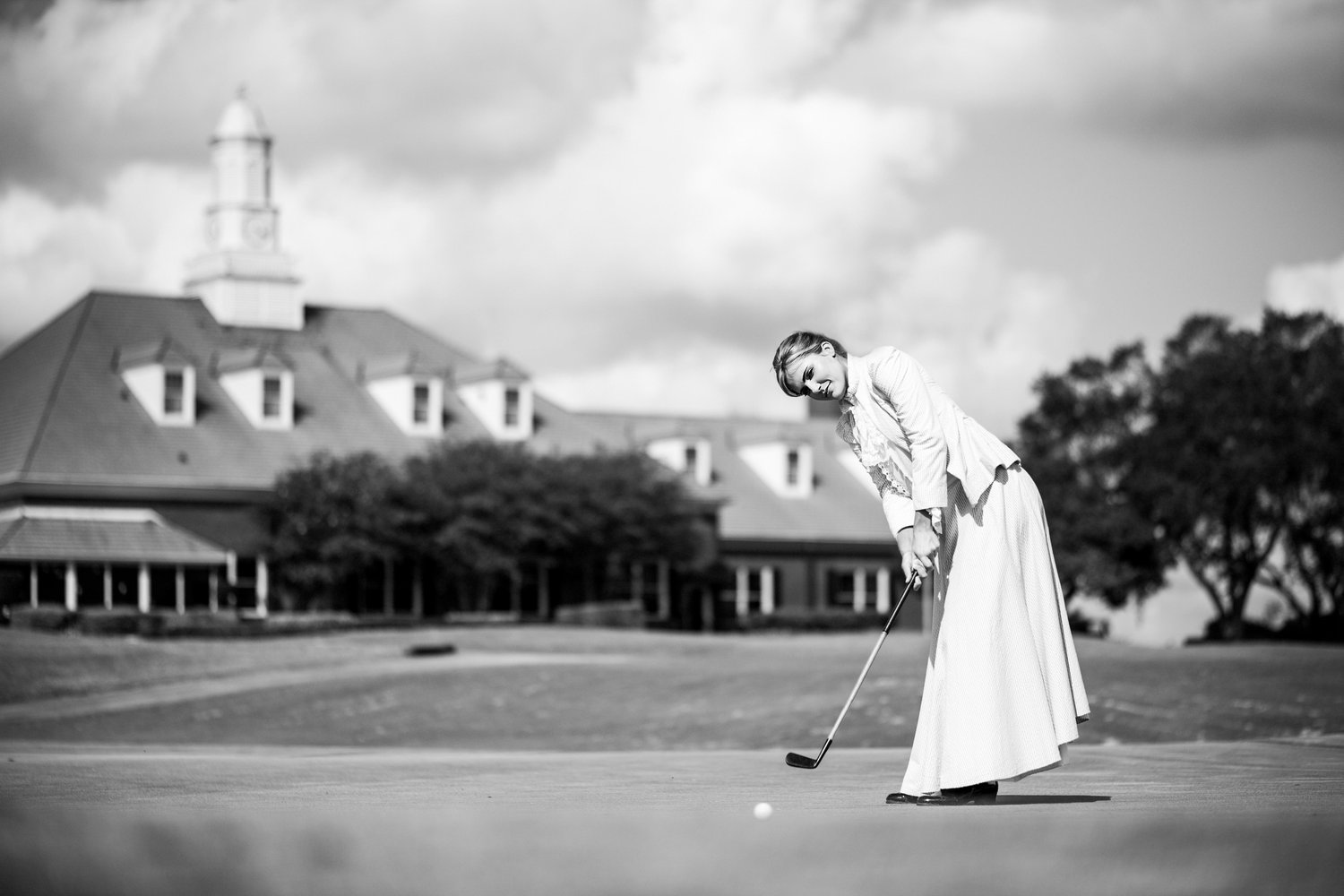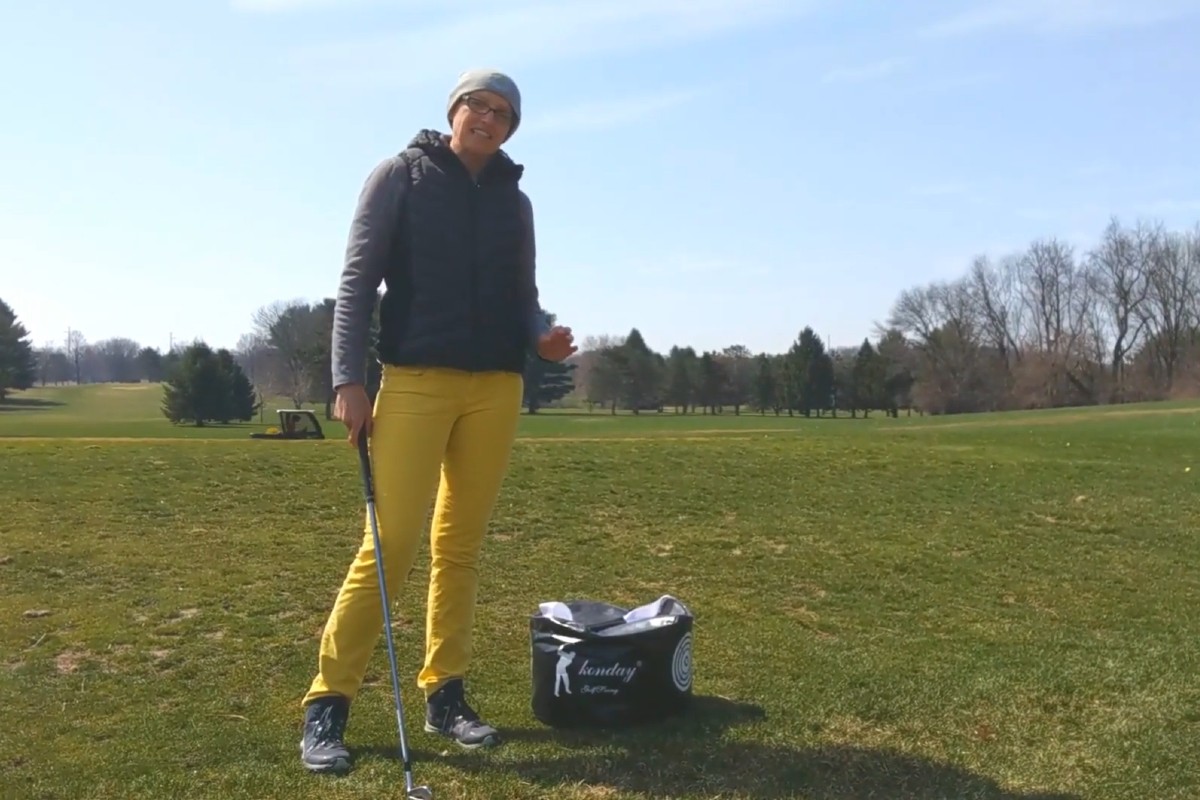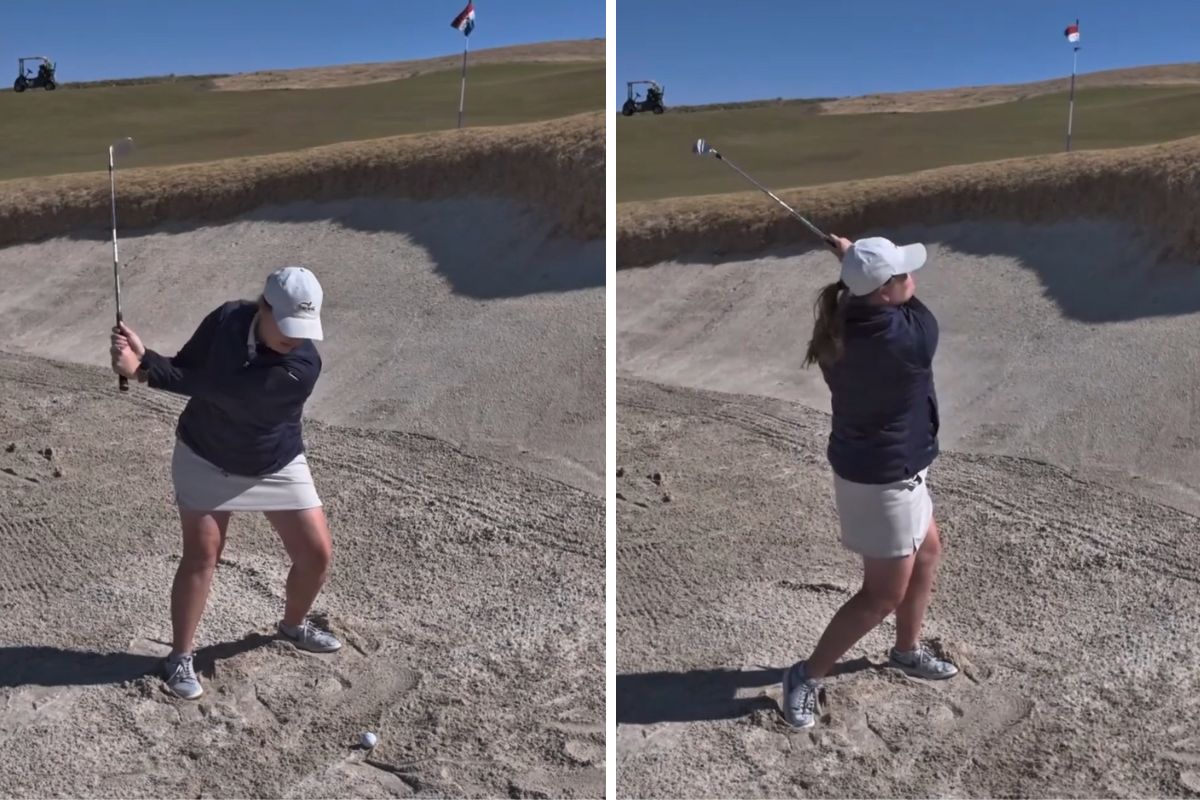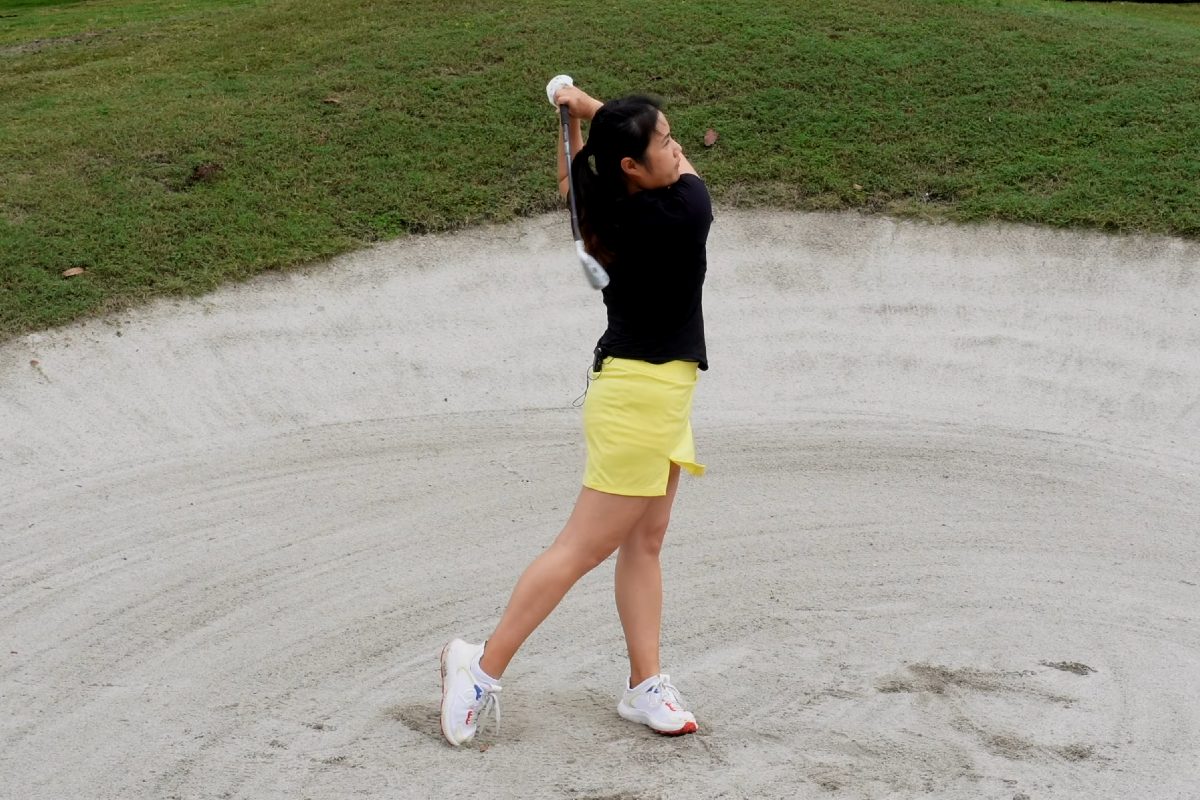No, you don’t have to be young to play golf. So why are so many young golfers making the news? Read on….
The clever historical photos from the LPGA set the tone for my Note. The setting is the 1900 Olympic games – the first time women’s golf was an Olympic competition and the last time until this coming August at the Rio Olympics. And the golfer is Lexi Thompson wearing what she would have worn in 1900. Lexi also made history in 2007 when she became the youngest female to qualify for the U.S. Women’s Open at age 12. Both women’s golf and young golfers continue to make world news.
Starting with the gender issue: This past month. The Royal & Ancient – golf’s governing body in Scotland and England (which influences golf all over the world), decided that the oldest club in Scotland, the Muirfield Golf Club, could not be a future site for the men’s British Open because a female could not become a member. See my article Muirfield Decision Sparks the Gender Issue in Golf for more background and detail. The action of the Royal & Ancient was welcome news for women’s golf: Not because women will be playing in the Brtish Open next season, but because the R&A decision signals a stronger future for women’s golf
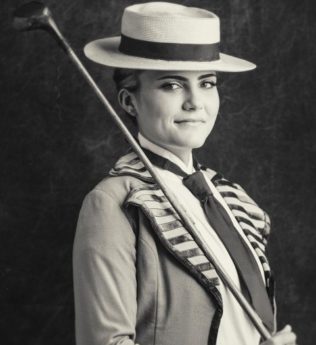
And, the age issue of women golfers continues to make news. In a recent article on LPGA.com, some statistics caught my attention:
- On the LPGA Tour this season, no winner has been over the age of 23;
- Five out of the top ten current golfers in the world are 23 years of age or younger;
- Through the first thirteen events on the LPGA Tour this season, the average age of the winners is 21 (actually it’s 20.92 – I rounded up).
More about girls golf: The National Golf Foundation in Jupiter, Florida , has been tracking the number of golfers in the U.S. for many years. In its recent data release of golfers in the U.S. for the year 2015, the segment that showed the greatest increase was “Girls – ages 6-17”. Yes, score a point for “girls” golf, that confirms the success of the many new programs for young golfers.

Talking about age: The qualification rules for the upcoming U.S. Women’s Open at the CordeValle Golf Club have no minimum age. What’s required is a USGA Handicap Index of 2.4 or less, which means she can par most holes with a few birdies and a few bogeys. Lydia Ko at age 15 became the youngest woman to win a multi-day LPGA tournament. (See my History Timeline of Women’s Golf on www.nancyberkley.com)
Lexi will not only be competing in the Olympics, but she will most probably be one of the four women playing for the USA Team in the upcoming LPGA UL International Crown Tournament. Two years ago, Spain brought the Crown home and seven other countries want to win it back.
As of the publication deadline of this article, the Volvik championship has not been completed; so the Rolex Rankings have not been updated for the LPGA International Crown and the Olympics. As soon as the rankings are updated, the current list of women golfers going to the RIO Olympics and those playing in the International Crown will be immediately available on www.nancyberkley.com. To know more about the International Crown and the Olympics, see ‘Women Golfers Making Global History in 2016‘.
But back to my title question: Do you have to be young to play golf? Absolutely not! I have been playing golf for fifty years and I am playing my best golf ever. I feel strongly that golf is especially unique because it is a game for a lifetime. This coming June 7 is “Women’s Golf Day” all over the world – from Australia to England to China – for women golfers of all levels including brand new golfers. Read about how you can get involved in Women’s Golf Day.
So, although I’ve written frequently about junior golf, I’m thinking about pivoting to older women: Fifty, sixty – even older. The title of my article will probably be “Am I Too Old to Learn to Play Golf?” Of course, you know my answer.

